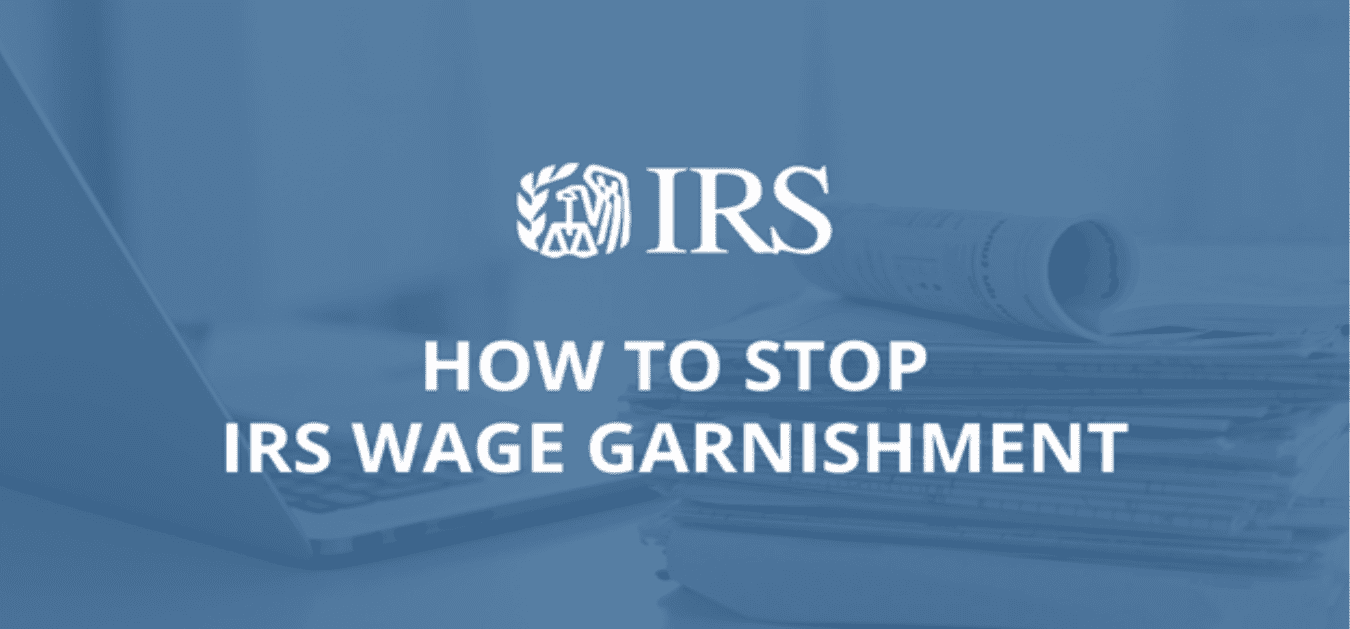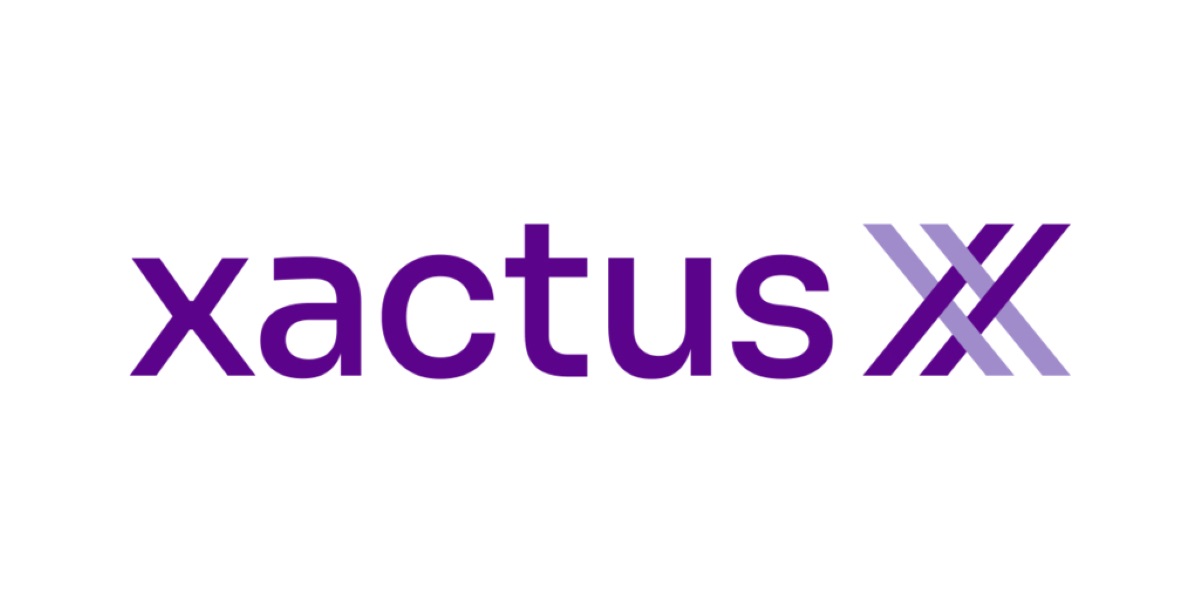

Finance
When Can You Start A 401K
Modified: February 21, 2024
Discover the best time to start a 401K plan and secure your financial future. Learn how to manage your finances with expert advice from our finance professionals.
(Many of the links in this article redirect to a specific reviewed product. Your purchase of these products through affiliate links helps to generate commission for LiveWell, at no extra cost. Learn more)
Table of Contents
Introduction
Planning for retirement is a priority for individuals seeking financial security in the future. One of the most popular retirement savings plans in the United States is a 401K. Understanding the ins and outs of a 401K is crucial for making informed decisions about your retirement savings.
A 401K is a retirement savings plan offered by employers, allowing employees to set aside a portion of their pre-tax income for retirement. The funds deposited into a 401K account are invested in a variety of assets, such as stocks, bonds, and mutual funds, with the goal of growing the savings over time.
In this article, we will explore the eligibility requirements, immediate enrollment options, waiting periods, and factors to consider before starting a 401K. We will also provide step-by-step instructions on how to get started with your 401K.
By the end of this article, you will have a better understanding of when and how you can start a 401K, empowering you to take control of your retirement savings and secure a financially stable future.
What is a 401K?
A 401K is a retirement savings plan offered by employers to their employees. It gets its name from the section of the Internal Revenue Code that outlines the rules surrounding these types of plans. The primary purpose of a 401K is to provide individuals with a tax-advantaged way to save and invest for their retirement.
One of the key benefits of a 401K is that contributions are made on a pre-tax basis. This means that the money you contribute to your 401K is deducted from your paycheck before taxes are calculated. As a result, your taxable income is reduced, and you pay less in taxes each year.
Another advantage is that the earnings on your 401K investments grow on a tax-deferred basis. This means that you won’t have to pay taxes on the gains and dividends until you start withdrawing the money during retirement.
Employers often offer a matching contribution as an additional incentive for employees to participate in their 401K plans. This means that the employer will contribute a certain percentage of the employee’s salary, typically up to a specified limit, into their 401K account. This matching contribution is essentially free money that can significantly boost your retirement savings.
It’s important to note that 401K plans have contribution limits set by the IRS. As of 2021, the maximum amount an employee can contribute to their 401K is $19,500 per year. Individuals aged 50 and older can make an additional catch-up contribution of $6,500, bringing their total annual limit to $26,000.
Lastly, unlike traditional pensions, 401K accounts are portable. This means that if you change jobs, you can typically roll over your 401K balance into an individual retirement account (IRA) or your new employer’s retirement plan. This flexibility allows you to maintain control over your retirement savings and avoid potential tax penalties.
In summary, a 401K is a retirement savings plan that allows you to save and invest a portion of your pre-tax income for retirement. Not only does it provide tax advantages, but it also offers the potential for employer matching contributions and portability if you change jobs. Understanding how a 401K works is essential for maximizing your retirement savings and securing a financially stable future.
Eligibility for a 401K
Eligibility for a 401K is typically determined by your employer and can vary from company to company. While there are no universal rules, certain criteria are commonly used to determine who can participate in a 401K plan.
The most common eligibility requirement is based on employment status. Employers may set a minimum service requirement, often referred to as a waiting period, before employees become eligible to enroll in the 401K plan. This waiting period can range from a few months to a year, depending on the company’s policy.
In addition, some employers may require employees to reach a certain age to be eligible for a 401K plan. This is usually set at 21 years old, as it is the legal age at which individuals are considered adults and can enter into contracts.
Furthermore, employers may set minimum hours worked requirements for 401K eligibility. For example, an employee may need to work a specific number of hours per week or be classified as a full-time employee to qualify for enrollment in the plan.
It’s important to note that not all employees may be eligible for a 401K. Some categories of workers, such as part-time or temporary employees, independent contractors, or self-employed individuals, may not have access to an employer-sponsored 401K plan. However, there are alternative retirement savings options available to these individuals, such as Individual Retirement Accounts (IRAs) or Simplified Employee Pension (SEP) IRAs.
If you are unsure about your eligibility for a 401K plan, it is recommended to consult your employer’s human resources department or review the plan documentation to understand the specific requirements and enrollment procedures.
In summary, eligibility for a 401K is determined by your employer and may vary based on factors such as employment status, age, and hours worked. It is important to familiarize yourself with your employer’s 401K plan and eligibility requirements to take advantage of this valuable retirement savings opportunity.
Immediate 401K Enrollment Options
When it comes to starting a 401K, some employers offer immediate enrollment options, allowing employees to begin contributing to their retirement savings as soon as they start working. Immediate enrollment can have several benefits for employees, including the ability to take advantage of employer matching contributions from day one.
If your employer offers immediate 401K enrollment, it means that you can start making contributions to your 401K account as soon as you begin working for the company. There is no waiting period or minimum service requirement to meet before becoming eligible for enrollment. This is an excellent benefit as it allows you to start saving for retirement from the beginning of your employment.
Immediate 401K enrollment also means you can begin receiving any employer matching contributions right away. Employer matching contributions are essentially free money that your employer contributes to your 401K account based on a percentage of your salary. By enrolling immediately, you maximize the potential for matching contributions, thereby accelerating the growth of your retirement savings.
Additionally, immediate 401K enrollment can provide you with the advantage of consistent contributions over time, allowing your investments to potentially grow significantly due to compound interest. The earlier you start contributing to your 401K, the longer your investments have to compound and grow, increasing the potential size of your retirement nest egg.
However, it is important to note that not all employers offer immediate 401K enrollment. Some companies may have waiting periods or eligibility requirements before employees can start contributing to their 401K. In such cases, you may have to wait a specific amount of time, such as a few months or a year, before you can enroll in the plan and begin making contributions.
If immediate 401K enrollment is available to you, it is highly recommended to take advantage of this option. By starting your retirement savings journey as soon as possible, you give yourself the best chance to build a financially secure future.
In summary, immediate 401K enrollment options allow employees to start contributing to their retirement savings as soon as they begin working for a company. It provides the advantages of receiving employer matching contributions from the start and allows for consistent contributions over time, potentially leading to significant growth in retirement savings. If immediate enrollment is available, it is wise to take advantage of this opportunity to kickstart your journey towards a secure retirement.
Waiting Periods for 401K Enrollment
Many employers require a waiting period before employees become eligible to enroll in their 401K plan. A waiting period is a time frame during which an employee must work for the company before gaining access to the benefits of the plan. The length of the waiting period can vary depending on the company’s policies.
Waiting periods for 401K enrollment typically range from a few months to a year. The aim of these waiting periods is to ensure that employees have a reasonable commitment to the company before they can participate in the retirement savings plan.
During the waiting period, employees may not be able to make contributions to their 401K or receive any matching contributions from their employer. However, it’s important to note that the waiting period does not affect the vesting schedule of any employer contributions. Vesting refers to the employee’s ownership of the employer-contributed funds. Even though the employee may not be eligible to contribute to their 401K during the waiting period, any employer contributions are typically subject to a vesting schedule determined by the plan.
Some employers may offer a gradual entry into the 401K plan, allowing employees to start contributing after a shorter waiting period, but without immediate full vesting of employer contributions. This means that while employees may not be fully vested in the employer’s contributions, they can still begin saving for retirement during the waiting period.
It’s important to carefully review your employee benefits package or consult with your employer’s human resources department to understand the specific waiting period requirements for your company’s 401K plan. This will ensure that you have a clear understanding of when you will be eligible to enroll and start making contributions to your retirement savings.
In summary, waiting periods for 401K enrollment are common among employers and are designed to ensure employees have a certain level of commitment to the company before gaining access to the plan. These waiting periods can range from a few months to a year. It is crucial to familiarize yourself with your employer’s specific waiting period requirements to determine when you will be eligible to start saving for retirement through your 401K.
Factors to Consider Before Starting a 401K
Before starting a 401K, there are several important factors to consider in order to make informed decisions about your retirement savings. Taking the time to evaluate these factors will help you maximize the benefits of your 401K and ensure it aligns with your financial goals.
1. Financial Stability: Assess your current financial situation and ensure that you have a stable income and emergency savings in place before contributing to a 401K. It’s important to have a solid financial foundation to avoid dipping into your retirement savings in case of unforeseen circumstances.
2. Employer Contributions: Find out if your employer offers matching contributions to your 401K. Matching contributions can significantly boost your retirement savings, and it’s essential to understand the matching formula and contribution limits set by your employer. Consider contributing enough to maximize the matching contribution offered.
3. Investment Options: Review the investment options available within your 401K plan. Consider your risk tolerance, time horizon, and investment objectives when selecting the appropriate funds or asset allocation. Diversification is key to managing risk and potentially maximizing returns over the long term.
4. Fees and Expenses: Understand the fees associated with your 401K plan, including administrative fees, investment management fees, and expense ratios. High fees can eat into your returns, so it’s important to choose funds with lower expenses, if available.
5. Tax Implications: Familiarize yourself with the tax implications of contributing to a 401K. Contributions to a traditional 401K are made on a pre-tax basis, reducing your taxable income for the year. However, withdrawals during retirement are subject to income tax. Alternatively, consider a Roth 401K if offered, where contributions are made with after-tax dollars, but qualified withdrawals are tax-free.
6. Portability: Consider the portability of your 401K. If you anticipate changing jobs in the future, it’s important to understand the options available for your 401K account. You may be able to leave the funds in your current employer’s plan, roll it over into an Individual Retirement Account (IRA), or transfer it to your new employer’s retirement plan.
7. Retirement Goals and Timeline: Evaluate your retirement goals and the timeline you have in mind. Determine how much you need to save for a comfortable retirement and estimate the contributions required to achieve those goals. Consider your anticipated retirement age and adjust your contributions accordingly.
8. Financial Advisor Consultation: If you are unsure about the best approach for your 401K, consider seeking guidance from a financial advisor. They can help you navigate the complexities of retirement planning and provide personalized recommendations based on your specific financial situation.
In summary, before starting a 401K, carefully consider factors such as your financial stability, employer contributions, investment options, fees, tax implications, portability, retirement goals, and the potential need for professional advice. By thoroughly evaluating these factors, you can make informed decisions and maximize the benefits of your 401K as you work towards a financially secure retirement.
Steps to Start a 401K
Starting a 401K may seem overwhelming at first, but the process is typically straightforward. Follow these steps to get your 401K up and running:
1. Review Your Employer’s 401K Plan: Familiarize yourself with your employer’s 401K plan. Read through the plan documents, including the Summary Plan Description (SPD), to understand the features, contribution limits, investment options, and any employer matching contributions.
2. Determine Your Contribution Amount: Decide how much you want to contribute to your 401K. Consider your financial goals, budget, and any employer matching contributions available. It’s generally recommended to contribute enough to take full advantage of the employer match, as it’s essentially free money.
3. Complete Enrollment Forms: Obtain the necessary enrollment forms from your employer’s human resources department or the plan administrator. Provide the required information, such as your personal details, contribution amount, beneficiary designation, and investment instructions.
4. Select Your Investment Options: Choose the investment options that align with your risk tolerance and long-term financial goals. Most 401K plans offer a range of mutual funds, target-date funds, and possibly company stock. Consider diversifying your investments to spread the risk.
5. Designate Beneficiaries: Designate beneficiaries for your 401K account. These are the individuals who will receive the remaining funds in your account upon your passing. Review and update your beneficiary designations periodically, particularly after major life events.
6. Set Up Automatic Contributions: Arrange to have your contributions automatically deducted from your paycheck. This ensures consistent and regular savings into your 401K. Determine the frequency of deductions, such as per pay period, monthly, or quarterly, based on your employer’s offerings.
7. Monitor and Adjust: Regularly review your 401K account and investment performance. Make adjustments as needed, such as increasing your contribution amount or rebalancing your portfolio. Stay informed about any changes to the plan or investment options provided by your employer.
8. Maximize Contributions: Consider increasing your contribution amount over time, especially if you receive salary raises or bonuses. Taking advantage of the annual contribution limits can significantly boost your retirement savings.
9. Utilize Catch-Up Contributions: If you are aged 50 or older, take advantage of catch-up contributions. This allows you to contribute additional funds to your 401K beyond the regular contribution limits, providing an opportunity to accelerate your retirement savings.
10. Stay Informed: Stay informed about retirement planning and 401K topics. Regularly educate yourself about investment strategies, tax regulations, and retirement planning tips. This knowledge will help you make informed decisions and optimize your 401K for your future.
Remember, starting a 401K is a long-term commitment. It’s crucial to remain disciplined and consistent with your contributions, regularly review your investment strategy, and stay focused on your retirement goals.
In summary, to start a 401K, review your employer’s plan, determine your contribution amount, complete enrollment forms, select investment options, designate beneficiaries, set up automatic contributions, monitor and adjust your account, maximize contributions, utilize catch-up contributions if eligible, and stay informed about retirement planning. Following these steps will help you establish a solid foundation for your retirement savings through your 401K.
Conclusion
Starting a 401K is a critical step towards securing your financial future in retirement. By understanding the ins and outs of a 401K and considering key factors such as eligibility, enrollment options, waiting periods, and other important considerations, you can make informed decisions and maximize the benefits of this retirement savings plan.
A 401K offers tax advantages, potential employer matching contributions, and the opportunity for long-term growth through wise investment choices. Whether you have immediate enrollment options or a waiting period, it’s important to take advantage of this valuable retirement savings opportunity as soon as you become eligible.
Before starting your 401K, carefully evaluate factors such as financial stability, employer contributions, investment options, fees, tax implications, portability, retirement goals, and the potential need for professional advice. Understanding these factors will help you make informed decisions that align with your financial goals and retirement objectives.
Once you’ve started your 401K, regularly review your account, make adjustments as needed, and stay informed about retirement planning and investment strategies. By staying disciplined and actively managing your 401K, you can make the most of this powerful savings vehicle.
Remember, starting a 401K is just the beginning of your retirement savings journey. It’s important to continue saving and investing throughout your working years to build a substantial nest egg for a comfortable retirement. Make conscious decisions, contribute consistently, and seek professional guidance when needed to ensure you are on track to achieving your retirement goals.
In conclusion, starting a 401K is a proactive and strategic step towards financial security in retirement. By taking the time to understand the process, considering important factors, and making informed decisions, you can pave the way for a financially stable and fulfilling retirement. Start your 401K today and set yourself up for a brighter future.














